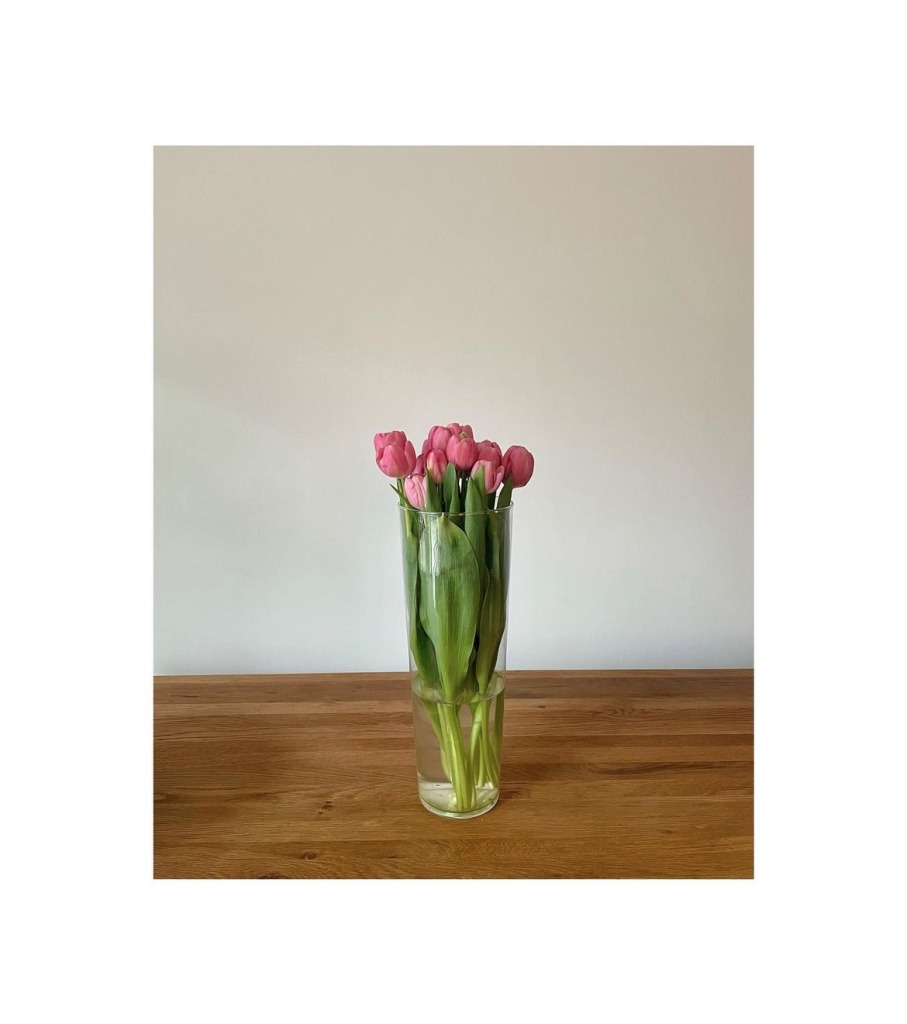
“In all judgements by which we describe anything as beautiful, we allow no one to be of another opinion.” ―
Immanuel Kant
The Role of Aesthetic Judgments in Psychotherapy
John S. Callender’s paper, published in 2005, on ‘The Role of Aesthetic Judgments in Psychotherapy’ is fascinating to me, as a psychotherapist working in the arts. I very much see therapy as a creative process and there are many parallels between psychotherapy and art.
Callendar starts the paper by saying ‘The Nature of Aesthetic Judgments There are many competing and overlapping theories of the nature of art (Dickie 1997) and aesthetic experience (Matravers 2003). By one account, “aesthetics pays attention to what is not reducible to scientific cognition and is yet undeniably part of our relationship to the world” (Bowie 1990, 23). Also, “The basis of aesthetic judgment is the distinction between feelings of pleasure and non-pleasure” (Bowie 1990, 25).’ (Callender, J, 2005)
“An aesthetic judgement attributes a form of aesthetic value to a thing, of whatever kind” (Honderich, T, 2005)
Here he is defining what is meant by aesthetic judgement and aiming to describe a phenomenon that is difficult to put into words. He states ‘There are many competing and overlapping theories of the nature of art (Dickie 1997) and aesthetic experience (Matravers 2003). By one account, “aesthetics pays attention to what is not reducible to scientific cognition and is yet undeniably part of our relationship to the world”’ (Callender, J, 2005)
“…When he puts a thing on a pedestal and calls it beautiful, he demands the same delight from others. He judges not merely for himself, but for all men, and then speaks of beauty as if it were the property of things ” (Immanuel, Kant, J.H Bernard, 1914)
He uses the work of Immanuel Kant, namely his writings on aesthetic experience and his last work the Critique of Judgement to demonstrate themes relative to art criticism and also on psychotherapeutic discourse.
Callender discusses four main characteristics of the judgement of taste. “These are (a) disinterestedness, (b) universality, (c) necessity and common sensibility, and (d) purposiveness without purpose. In addition he argued for an ethical dimension to aesthetics (that beauty is a symbol of morality).” (Callender, J, 2005) and then applies them to psychotherapy discourse illustrating each through vingettes of client case studies.
He distinguishes between the different types of therapy. Cognitive behaviour therapy looks at the thinking mind and the feeling heart and decisions made by each are named cold or hot cognitions. He looks at psychoanalytic therapy and the phenomenon of transference in the psychotherapeutic discourse. And more philosophical psychotherapy stating “No philosopher has yet come up with an answer to the question of the meaning of life. Despite this, most of us carry on striving and living our lives as best we can. It seems that we can get by without the existence of some overarching or ulterior meaning. Life feels meaningful. One might say that life itself, like the work of art, has purposiveness without purpose.” (Callender, J, 2005)
A similarity between looking at art and having therapy, Callendar asserts is that it is done from a non-thinking (often not concscious) way of regulating emotions. “We turn to art when we seek things such as solace, inspiration, happiness, and a sense of connection to others. In short, we use art as a form of affect regulation” (Callender, J, 2005).
He makes the link between psychotherapy and art in terms of purposefulness. The purpose for the art or the therapist is not to prove something to be right but to aid the individual to find deeper meaning, and a more complex understanding of self.
Callender concludes by asserting that finding a distinction between the intellectual/rational and the emotional/feeling has always been a concern of psychotherapists and that it may be more insightful to replace the concept of emotional feeling with that of aesthetic judgment. Much of the judgment we have about ourselves comes in the realm of aesthetic judgment and this is often found in psychotherapy “Aesthetic philosophy clarifies the nature of the relationship between emotion and content in such judgments, by drawing attention to the distinction between self-as-subject and self-as-object in this context. It provides a philosophical framework that links negative judgment of the self, feelings of guilt and shame, loss of inner harmony, and a diminished or absent sense of purpose and meaning.” By applying this to the psychotherapeutic discourse it offers contemporary ways of bringing about psychotherapeutic change.
1), Callender, J. (2005) ‘The Role of Aesthetic Judgments in Psychotherapy’, in Philosophy, Psychiatry, &
Psychology, 12(4), pp.283-295. https://doi.org/10.1353/ppp.2006.0019
2), Immanuel, Kant, J.H Bernard, (1914) Critique of Judgement. London: Macmillan
3), Honderich, T, (2005) The Oxford Companion to Philosophy. England: Oxford University Press
